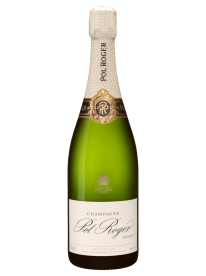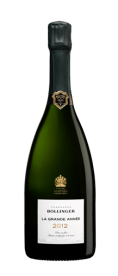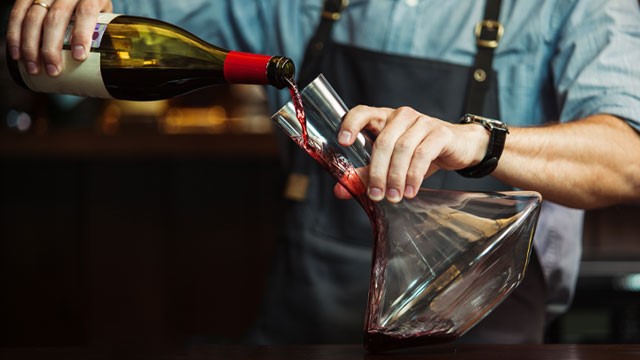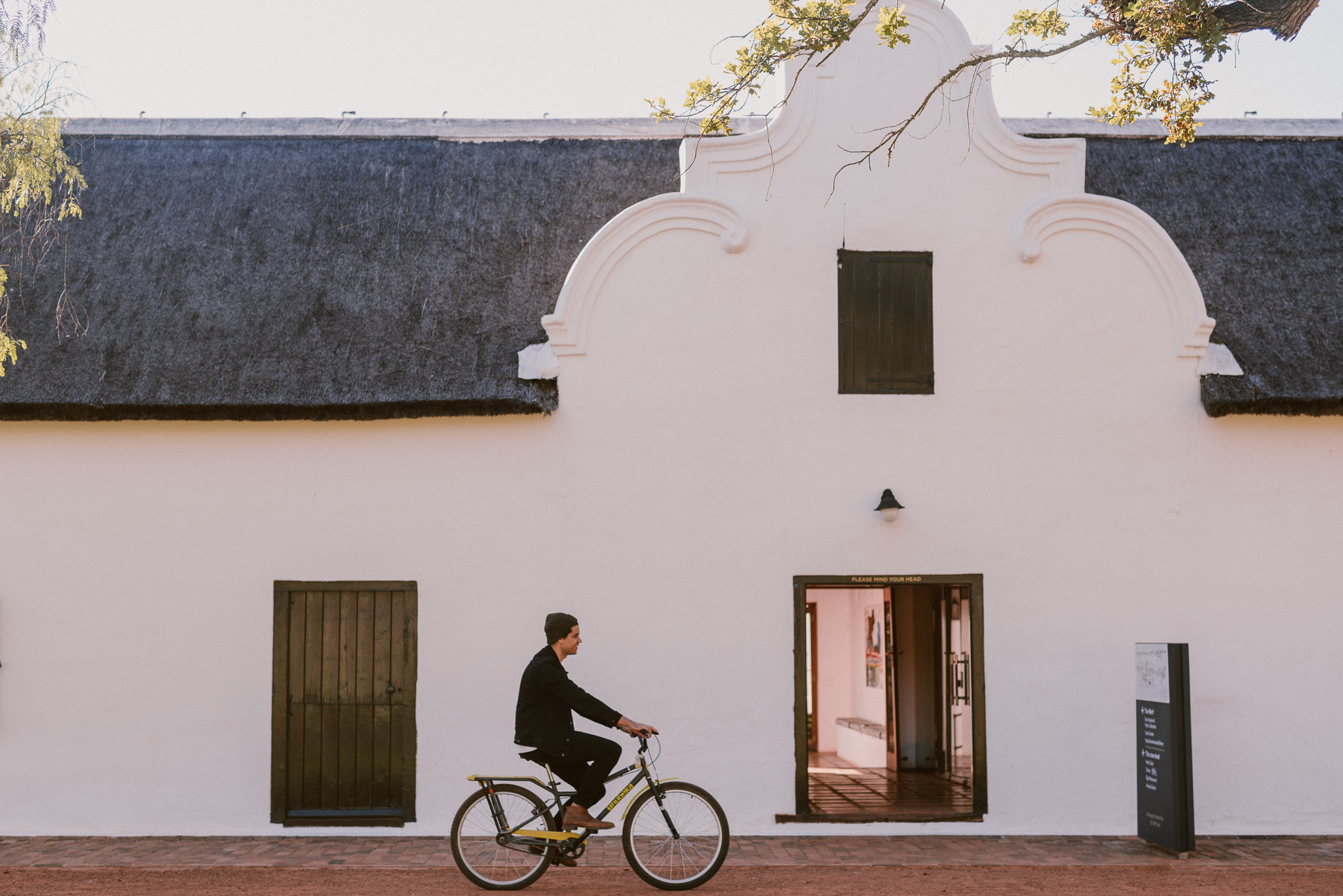How to open a bottle of fizz with finesse
- Catherine Fielden
- The World of Slurp
- 22 Mar 2021
-
617views
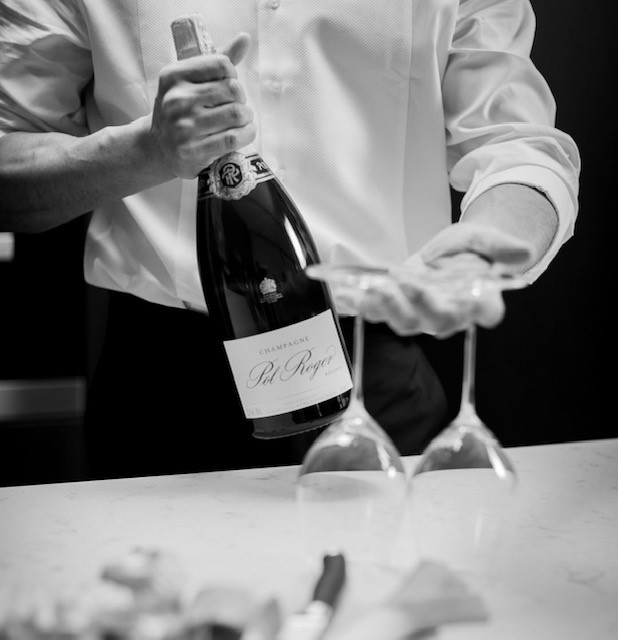
Is there anything more satisfying than the pop of a Champagne cork to signal that your favourite fizz is about to be served? However, cracking open a bottle of sparkling wine can be a dangerous affair. This is because built up pressure can force the cork out of bottle at a speed of almost 25 miles per hour!
Be honest: Have you ever sent a cork flying across the room, narrowly avoiding the eye of one of your guests? Or have you ended up spraying your precious bubbles – Formula One-style – over your own feet and across the kitchen floor? Opening Champagne this way is undisputedly dramatic, but can also be potentially embarrassing. And let’s face it, your party or gathering is unlikely to go with a swing if your magnificent bottle of Bollinger turns into an unintentional weapon within minutes of your guests’ arrival.

The correct (and undeniably safer) way to open a bottle of Champagne or sparkling wine is as calmly and unobtrusively as possible. One of the most likely causes for Champagne explosions is the bottle being too warm when it is uncorked. For this reason, it is a good precaution to ensure that your wine has been chilled to between 6 and 10°C.
Counterintuitively, there has been some research from the University of Reims in Champagne-Ardenne suggesting that giving your Champagne a vigorous shake prior to opening can also reduce the risk of an explosion (provided that you leave the bottle for a few minutes after agitating it). However, this is not something that I’m advocating nor have I ever tried. In my view, Champagne is far too delicious to waste with such risky experiments!
Finally, a good bottle-opening technique plays an important role in reducing the risk of cork-related injuries and wasted wine. From the moment you remove the foil and wire cage, the cork is effectively “live” and liable to pop. Make sure that you never untwist the cage until you are ready to open the bottle. And, as soon as you start to loosen the cage, ensure that you keep the cork secured with your spare hand.
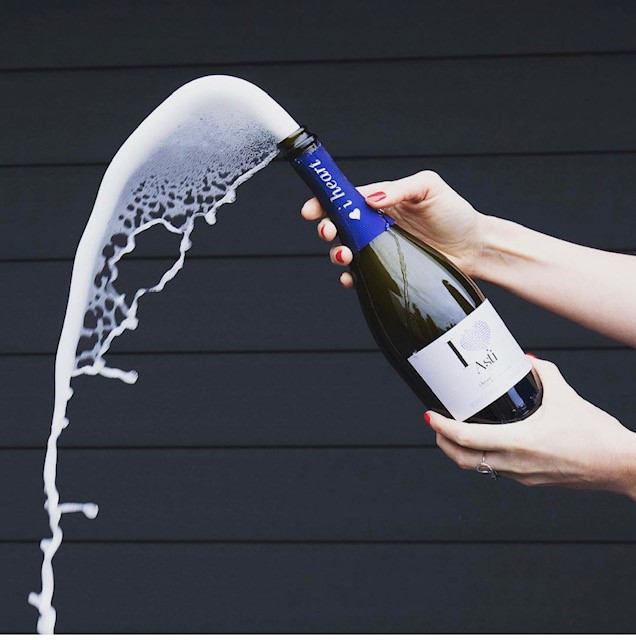
Tilt the bottle at around a 30° angle (which should prevent the wine from fizzing out), gripping the cork with one hand whilst firmly holding the base with the other. Start extracting the cork slowly, holding it firmly while twisting the bottle. Resist the temptation to twist the cork as this can result in the bottle breaking. Once you feel the cork starting to release on its own, push against it with gentle force to prevent it from releasing too quickly. As the cork finally separates from the bottle, aim for a quiet “phut” sound rather than a loud “pop” or “bang”. Et voilà – your Champagne is ready to pour.
Of course, for the thrill-seekers among you, there is always the option of sabrage – a technique is believed to have been invented by Napoleonic troops at the time of the French Revolution. When celebrating their victories, French cavalry officers would remove Champagne corks using a sabre – a type of sword with a curved blade. However, the art of sabrage is a real test of swordsmanship so we definitely do not recommend you trying this at home. Nowadays, this ceremonial way of opening Champagne should attempted only by experienced sabreurs, otherwise you may end up with shards of glass in your wine, a shattered bottle or worse!
It can take time to master the art of opening a bottle of Champagne with style but practice makes perfect! The upcoming Easter weekend offers you the perfect excuse to hone this new skill with the added bonus of treating your nearest and dearest to a flute of their preferred fizz. With numerous Proseccos, Cavas, Cremants, Champagnes and sparkling wines on Slurp’s shelves, you will be spoilt for choice. Here’s hoping that even if your Champagne is successfully opened with a gentle “phut”, your Easter celebrations go with a loud bang!
By Catherine Fielden







